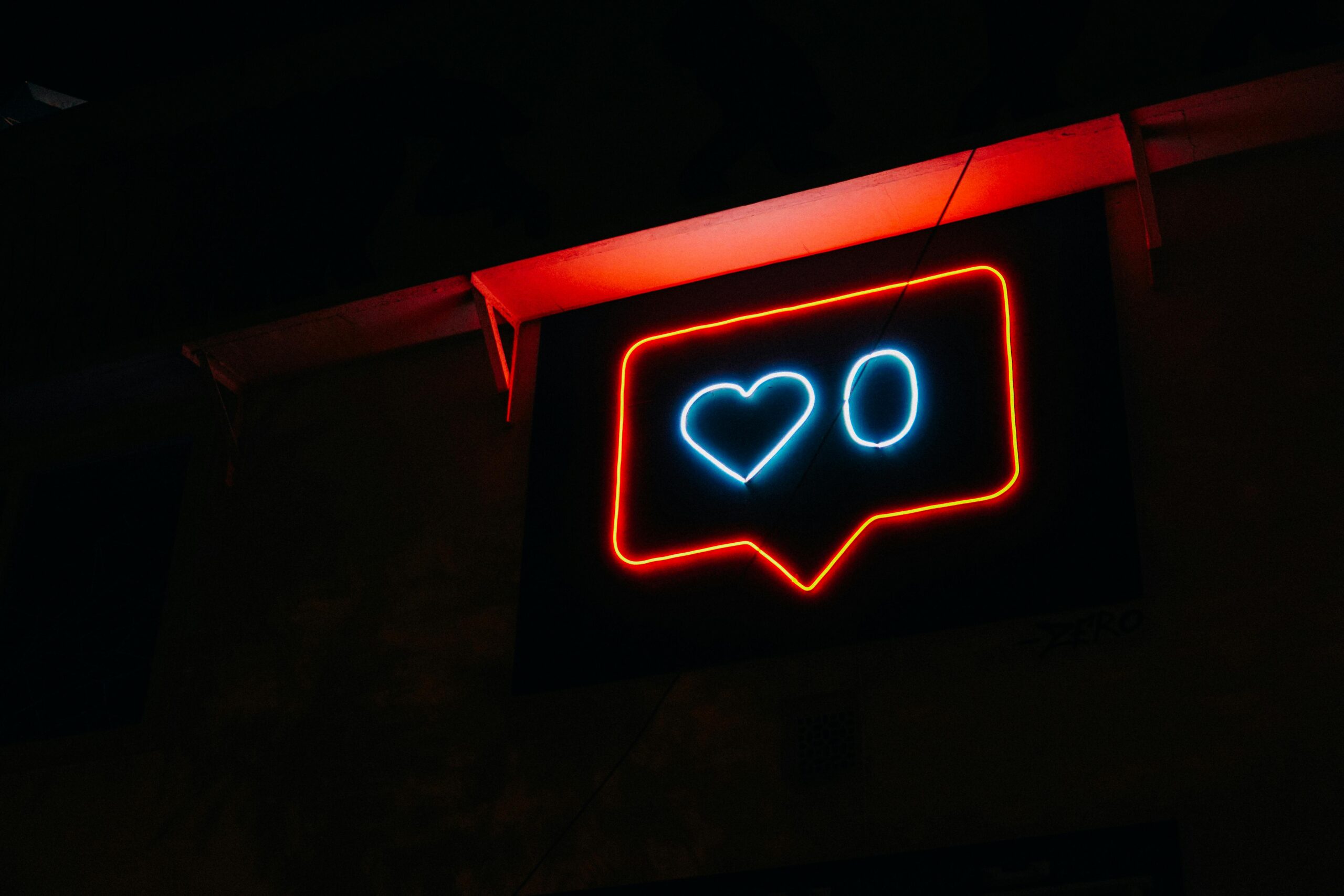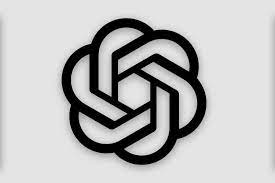Top 7 Social Media Platforms for Artists

1. Instagram
Instagram’s visual-centric design makes it a favorite among artists. Features like carousel posts and reels allow for dynamic presentations of artwork. Artists can curate their profiles to serve as online portfolios, showcasing their style and progression.
Key Features:
- Hashtags: Utilize relevant hashtags to reach niche communities and trends.
- Discovery Feed: Find inspiration and connect with other creators.
- Collaborative Posts: Tag collaborators to maximize exposure.
- Instagram Insights: Analyze audience engagement to refine your strategy.
Example: Artist Jane Doe gained a significant following by posting time-lapse videos of her painting process, engaging viewers and showcasing her technique.
2. TikTok
TikTok’s short-form video format is ideal for artists to showcase their creative process, share tutorials, and participate in art challenges. Its algorithm helps content go viral, providing exposure to a vast audience.
Key Features:
- Duets: Collaborate with other users by creating side-by-side videos.
- Challenges: Participate in trending challenges to increase visibility.
- Music Integration: Add popular music to enhance your videos’ appeal.
Example: Digital artist John Smith attracted millions of views by sharing speed-drawing videos set to trending music, captivating a broad audience.
3. Pinterest
As a visual discovery engine, Pinterest allows artists to share their work and link back to their websites or online stores. Pins have a long lifespan, continuing to drive traffic long after they’re posted.
Key Features:
- Boards: Organize your work into themed collections.
- Rich Pins: Provide more context about an idea by showing extra information directly on a Pin.
- Analytics: Gain insights into which Pins are performing best.
Example: Illustrator Emily Brown uses Pinterest to share her artwork, driving consistent traffic to her online store where she sells prints.
4. YouTube
YouTube is perfect for artists who want to create longer-form content, such as tutorials, studio vlogs, or documentary-style videos about their artistic journey.
Key Features:
- Monetization: Earn revenue through ads as your channel grows.
- Playlists: Organize content into series or themes.
- Community Tab: Engage with your audience through posts, polls, and updates.
Example: Sculptor Alex Lee built a substantial following by posting detailed tutorials on various sculpting techniques, establishing himself as an authority in his niche.
5. Twitter
Twitter allows artists to share updates, engage in conversations, and connect with industry professionals. Its real-time nature is excellent for sharing work-in-progress and participating in art-related discussions.
Key Features:
- Threads: Share detailed insights or step-by-step processes.
- Hashtags: Join trending topics or art challenges.
- Lists: Curate groups of users to follow specific conversations.
Example: Concept artist Sarah Green gained recognition by sharing daily sketches and engaging with the art community through popular hashtags.
6. Behance
Behance, part of the Adobe family, is a platform dedicated to showcasing creative work. It’s ideal for building a professional portfolio and connecting with potential clients or collaborators.
Key Features:
- Project Uploads: Display entire projects with multiple images and descriptions.
- Work in Progress: Share snapshots of ongoing work to receive feedback.
- Job Listings: Access creative job opportunities posted by companies.
Example: Graphic designer Michael Thompson attracted freelance opportunities by showcasing his branding projects on Behance.
7. DeviantArt
DeviantArt is one of the largest online social networks for artists and art enthusiasts. It provides a space to share creations, discover new artists, and engage with a passionate community.
Key Features:
- Groups: Join communities centered around specific interests or styles.
- Commissions: Offer custom artwork services directly through the platform.
- Journals: Write blog posts to share updates or insights with your followers.
Example: Fantasy artist Laura White built a dedicated fanbase
Why Social Media Matters for Artists
Social media platforms offer artists unprecedented opportunities to display their creations to a global audience. By leveraging these platforms, artists can:
- Reach a Wider Audience: Share your art with people worldwide, beyond local galleries and exhibitions.
- Engage with Fans: Interact directly with admirers, receive feedback, and build a loyal community.
- Market Your Work: Promote and sell artworks without intermediaries, retaining more profits.


Your point of view caught my eye and was very interesting. Thanks. I have a question for you.